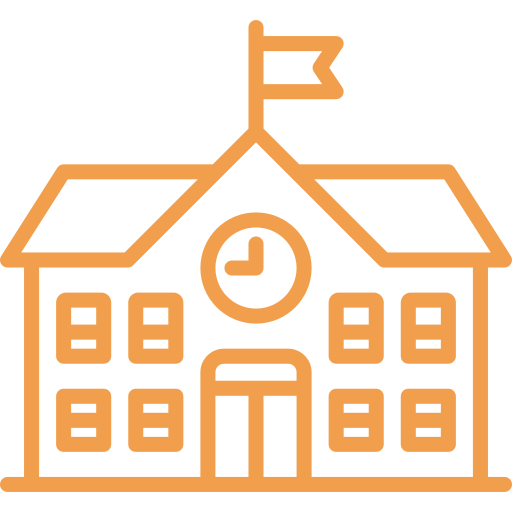Virtually all schools today are considering summer school options, in particular to help compensate for the learning loss and lack of social engagement during the COVID-19 pandemic. Many have already committed to a program, and hope that vaccination rates will allow significantly more in-person interaction this summer. Here, the Let’s Go Learn CSS (Customer Success Specialist) Team provides 10 tips to help schools utilize best practices and the benefit of experience in providing a successful summer school program. And we do not recommend bringing digital devices into a pool.
1. Identify eligible students using EOY data.
Which students will be attending your summer school program? While summer is a great time to fill in learning gaps, it can also serve as a time for preventing the summer slide, and even serve as enrichment time. If you are currently using comprehensive diagnostic tests, we recommend using end-of-year data for grouping your students in ELA and Math. Otherwise, choose multiple data points that will help identify areas of strength and weakness when creating your groups.
2. Choose the best type of data for monitoring progress.
Do you have access to granular diagnostic data? The more in-depth your data is, the easier it will be to meet your students’ academic needs. Comprehensive diagnostics can be administered at the beginning of your summer session and also at the end. They will allow you to measure the success of your program.
3. Offer professional development.
Will you be using new tools this summer? What will your summer curriculum look like? Help your teachers feel empowered and ready to begin their summer sessions by scheduling professional development no more than a week or two before the program starts. Remember that knowledge is power, and the more comfortable teachers feel, the better able they will be to guide instruction.
4. Hold contests for teachers and students.
Who doesn’t love a bit of recognition for their hard work?
Incorporating incentives into your summer school session will encourage your students and teachers to stay on target or surpass their goals. Why not reach out to your local community for small items that can be offered for best time on task, best attendance, or most lessons completed? (Incentives can include gift cards, food vouchers, small prizes, etc.)
5. Create established guidelines for teachers and students.
Making sure that your teachers know the plan is essential to a successful summer program. What tools will you be using? Which groups of students will be using which platforms? How much time are you requiring students to work on given programs? The more specific your guidelines are, the easier it will be to modify your plan if needed.
6. Have teachers monitor use weekly or twice per week.
Once you have established guidelines and communicated them to teachers and students, it is important that you monitor the work to ensure that goals are being met. If working on lessons, how many lessons, on average, are students completing in each class? Are teachers encouraging use? Are your expectations not being met, or not high enough? Monitoring use will help keep everyone accountable.
7. Hold mid-session conferences with students to check in.
It is important that teachers conference with students, especially at the midpoint of the summer session. How are students performing? How is their attendance? Have you seen a change in their attitudes? Are they on target goal-wise? Conferencing at the midpoint of your summer session will help students recognize their successes and consider what needs to be done if they have gone off course. Bringing students into the process of self-evaluation is a very effective tool for success.
8. Have students track their own progress.
If you have established goals for your students, why not ask them to keep track of their own progress? Did they complete all of the lessons you assigned? Did they demonstrate mastery of concepts covered? Students love recognition! You can use class charts or a bulletin board to celebrate success.
9. Post-test to determine student progress.
As you near the end of your summer school session, you’ll want to reassess your students. This can be done using formative assessments to check for growth in targeted areas. Another option is to give a second comprehensive diagnostic assessment, which will provide the most up-to-date information to determine next steps for students as they enter the coming academic year. Whatever assessment resource you use, you’ll want to remain consistent when post-testing.
10. Run comparison data to see student growth.
Once you’ve post-tested your students, it’s time to compare the data to see their growth. Review the data that was used to determine summer school eligibility, and compare it to the post-test data. If you’re using Let’s Go Learn, you can run a Pre/Post Gains report or look at the progress monitoring graphs for your students. Be sure to schedule time to celebrate all their hard work and growth as you end your summer session!
Summer school can be a great opportunity to provide individualized instruction, addressing your students’ learning gaps. With the right plan and strategies in place, Let’s Go Learn can help you make the most of your short summer session. For more best practices and implementation ideas, reach out to your Customer Success Specialist.



Leave A Comment